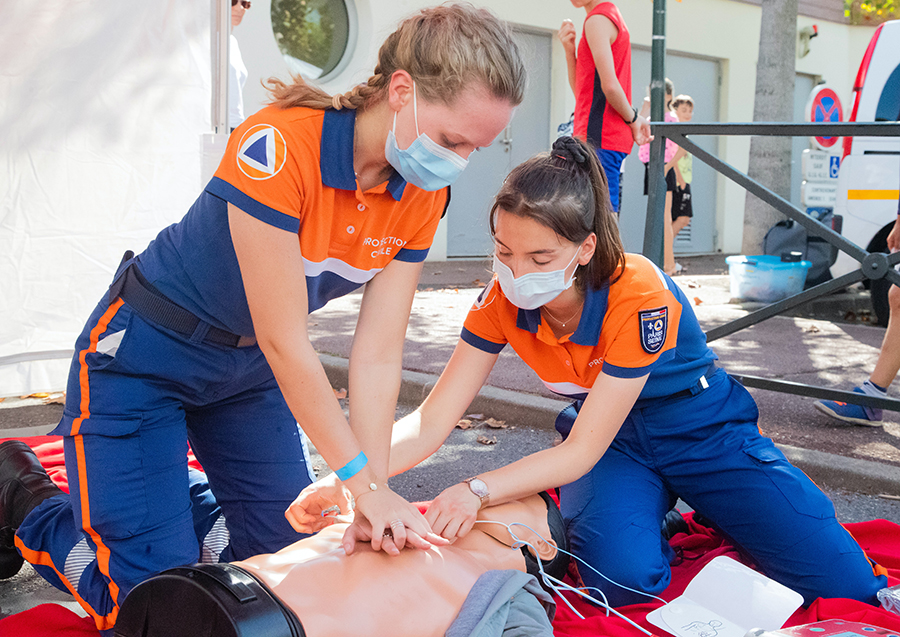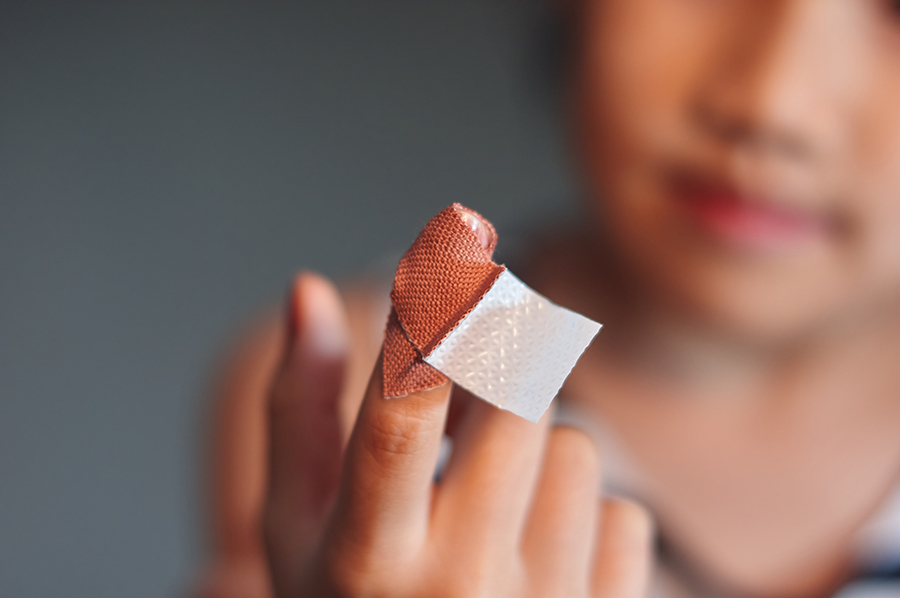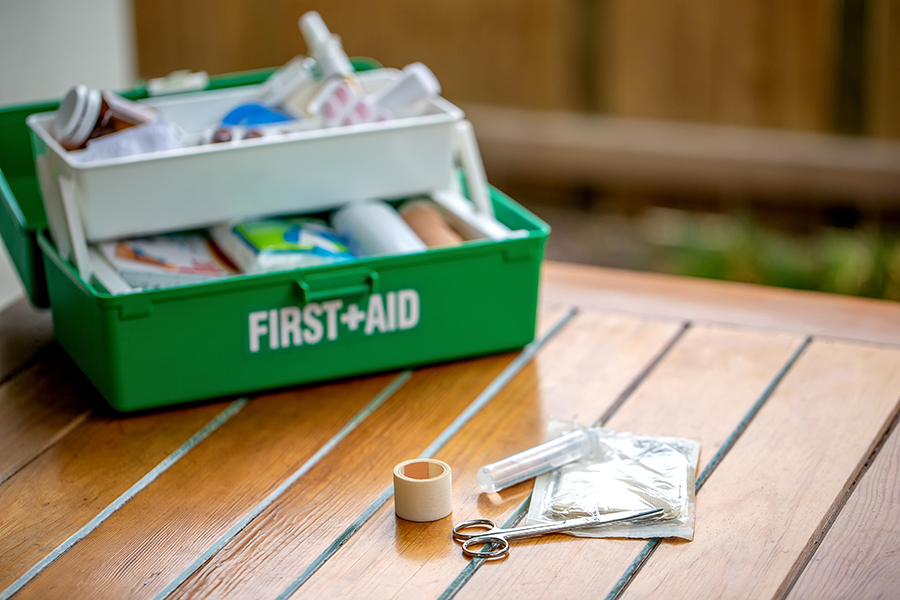First aid skills are essential for everyone, but they are especially crucial for women. Whether it’s tending to a loved one injured or helping out a stranger who has had a medical emergency, first aid skills are useful in many situations. Below, we will discuss the top 10 first aid skills that every woman should learn.
CPR
Cardiopulmonary resuscitation (CPR) involves performing consistent pushes on an individual’s chest to keep their heart pumping and circulating oxygenated blood. It’s a simple but crucial skill that can mean the difference between life and death. Unlike the usual chest pumps, effective CPR also involves tilting the patient’s head backward and pinching their nose to prevent air from getting into their stomach instead of their lungs.
Learning to perform excellent CPR starts with finding a reputable CPR course, like Newcastle Training, then following it up with consistent practice to perfect the art. As a mother, it’s crucial to learn and practice CPR skills early enough to be confident and proficient in an emergency.
The Heimlich Maneuver
The Heimlich maneuver is another common first aid skill used to save someone who is choking. This involves using your fists to apply quick and sudden pressure on the person’s abdomen just above their waistline. Doing this correctly should force any lodged object out of their throat so that they can breathe again.
As with CPR, it’s essential to learn how to do the Heimlich maneuver properly from a certified instructor and then practice regularly to be confident and proficient in an emergency.
Basic Wound Care
Cuts, scrapes, and burns are common injuries that often happen at home. While most of these wounds are minor, it’s still important to know how to clean and dress them to avoid infection properly.
You should always clean a wound by gently washing it with soap and cool water. However, if the wound is more serious, you’ll need to take extra precautions to clean it and keep it safe from infection.
Applying a bandage is usually the next step in basic wound care, but there are varying types of bandages for different wounds. For example, you would use a different type of bandage for a burn than you would for a cut. It’s also important to know how to remove a bandage properly. If a bandage is stuck to the wound, do not try to pull it off. This could cause more damage. Instead, soak the bandage in warm water until it loosens, then gently remove it.
If you’re ever in a situation where someone is bleeding, it’s essential to act quickly. First, try to apply pressure to the wound with a clean cloth. If the bleeding doesn’t stop, you’ll need to call for help.
Hypothermia Treatment
If someone is suffering from hypothermia, it’s essential to warm them up gradually. Do not try to warm them up too quickly, as this could cause shock. Instead, slowly warm their body with blankets or by placing them in a warm water bath. You should also call for help if the person shows signs of hypothermia, such as shivering, confusion, or drowsiness.
Concussion Management
A Concussion can cause serious health issues and can be more challenging to handle, especially for first-time concussion caregivers. If someone under your care has a concussion, it’s essential to keep them awake and call for help. You should also avoid giving the person anything to eat or drink as this could worsen their condition. Check for common concussion signs like vomiting, headache, or dizziness. If the person is unconscious, try to keep their head and neck still and call for help immediately.
Shock Treatment
Shock is a medical emergency that occurs when the body isn’t getting enough blood flow, which means not enough oxygen reaches the organs. If you’re a stay-at-home mom taking care of kids or other family members, you’re most likely to spot the signs of shock first.
The common signs of shock include pale and clammy skin, fainting, rapid breathing, sweating, and a weak pulse. If someone goes into shock, call for medical help right away and lay them down with their feet slightly elevated. You should also loosen any tight clothing and keep them warm.
Fever Treatment
Fever is one of the most common sicknesses, especially in kids. While fever isn’t usually severe, it can make your little one feel awful. The best way to treat a fever is to keep them hydrated and comfortable. Give them lots of fluids and dress them in light clothing. You can also use a damp cloth to help cool their skin down.
If the fever is over 102 degrees Fahrenheit, lasts more than three days, or is accompanied by a rash, you should call your doctor as this could be a sign of something more serious.
Dehydration Management
Managing dehydration can be a lot of work, especially for kids. Dehydration is widespread in warm weather and during bouts of vomiting or diarrhea. The best way to prevent dehydration is to drink lots of fluids and avoid sugary drinks. If someone under your care is already dehydrated, you can have them drink fluids with electrolytes like Gatorade or Powerade. You can also get them fluids from certain fruits and vegetables like watermelon, cucumbers, and tomatoes.
Burns Care
There are three types of burns: first-degree, second-degree, and third-degree. First-degree burns are the most common and cause redness, swelling, and pain. Second-degree burns go deeper and cause blistering. Third-degree burns are the most severe type of burn and can cause white or blackened skin. For all types of burns, it’s important to run cool water over the area for at least five minutes. You should then cover the area with a sterile gauze or clean cloth. If the burn is more serious, seek medical attention immediately.
Broken Bone Treatment
If you think someone has a broken bone, it’s essential to immobilize the broken area. This means splinting or using something else to keep the bone from moving. You can acquire splinting skills from an online or local first aid class area. Once you’ve immobilized the broken area, apply ice and seek medical attention as soon as possible.
Every woman should learn many first aid skills, but these ten are some of the most important. While everyone must learn these life-saving skills, women often find themselves in situations where they need to provide first aid. Whether you’re taking care of your kids, your partner, or yourself, being prepared with these skills can make all the difference.



